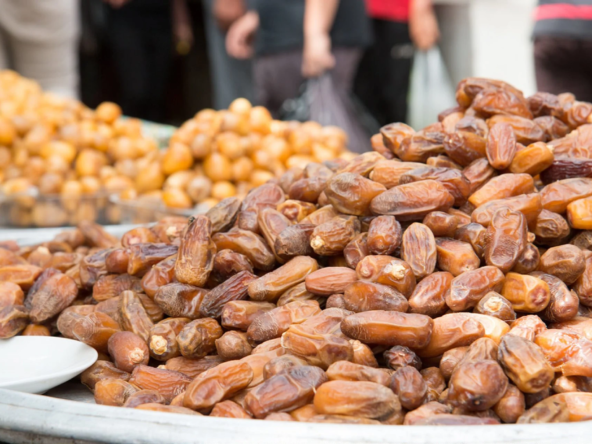Unlocking the potential of hibiscus as a profitable export crop requires a strategic approach that encompasses various aspects of cultivation, processing, marketing, and value addition. Here’s a comprehensive guide on how to achieve this:
- Market Research and Demand Analysis:
- Conduct thorough market research to identify potential export markets for hibiscus products.
- Analyze demand trends, consumer preferences, and competition in target markets.
- Identify niche markets and potential buyers such as herbal supplement manufacturers, tea companies, cosmetic producers, and food processors.
- Cultivation Practices:
- Select suitable hibiscus varieties based on market preferences and adaptability to local growing conditions.
- Implement best agricultural practices for hibiscus cultivation, including soil preparation, planting, irrigation, fertilization, and pest management.
- Consider organic cultivation methods to meet the growing demand for organic hibiscus products.
- Quality Control and Certification:
- Implement quality control measures throughout the cultivation and harvesting process to ensure the production of high-quality hibiscus flowers.
- Obtain relevant certifications such as organic certification, Good Agricultural Practices (GAP), and Fair Trade certification to enhance product credibility and access premium markets.
- Processing and Value Addition:
- Establish processing facilities for drying, cleaning, and packaging hibiscus flowers to meet international quality standards.
- Explore value-added product opportunities such as hibiscus extracts, teas, herbal supplements, cosmetics, and food products.
- Invest in research and development to innovate new hibiscus-based products with higher value and market potential.
- Export Regulations and Compliance:
- Familiarize yourself with export regulations, documentation requirements, and phytosanitary standards in target export markets.
- Ensure compliance with international food safety standards and regulations such as Hazard Analysis and Critical Control Points (HACCP) and ISO certification.
- Market Development and Promotion:
- Develop a comprehensive marketing strategy to promote hibiscus products in target export markets.
- Participate in trade fairs, exhibitions, and industry conferences to showcase products and establish business connections.
- Utilize digital marketing channels such as social media, e-commerce platforms, and company websites to reach global customers.
- Partnerships and Collaborations:
- Collaborate with government agencies, research institutions, and international organizations to access technical assistance, market information, and funding opportunities.
- Forge partnerships with local farmers, cooperatives, and suppliers to ensure a steady supply of high-quality hibiscus raw materials.
- Continuous Improvement and Adaptation:
- Monitor market trends, consumer preferences, and regulatory changes to adapt your business strategy accordingly.
- Continuously invest in research and development to improve cultivation practices, product quality, and market competitiveness.
- Climate-Smart Agriculture:
- Implement climate-smart agricultural practices to mitigate the impact of climate change on hibiscus cultivation and ensure consistent crop yields.
- Social Responsibility Initiatives:
- Engage in social responsibility initiatives, such as community development programs and fair trade practices, to enhance the social impact of hibiscus cultivation and appeal to socially conscious consumers.
- Networking and Alliances:
- Build strategic alliances with industry associations, agricultural cooperatives, and international business networks to share knowledge, resources, and market insights.
- Create Packaging Innovation:
- Invest in innovative and sustainable packaging solutions to enhance the visual appeal of hibiscus products, comply with environmental standards, and differentiate them in the market.
- Market Intelligence:
- Continuously gather market intelligence on consumer preferences, emerging trends, and competitive products to adapt and refine your export strategy accordingly.
- Invest in Infrastructure:
- Improve infrastructure for cultivation, processing, and transportation to enhance efficiency, reduce post-harvest losses, and ensure product quality.
- Customer Feedback Mechanism:
- Establish a customer feedback mechanism to gather insights on product satisfaction, preferences, and areas for improvement, allowing for continuous enhancement of product quality and market positioning.
By implementing these 15 strategies, stakeholders can create a holistic approach to maximize the potential of hibiscus as a profitable export crop, addressing various aspects of cultivation, processing, marketing, and sustainability.
Ajigofarms is a reliable global agricultural purchase sourcing with profound expertise in the manufacturing, and exportation of food crops. We are tested, and trusted suppliers of all kinds of cash crops and food crops. Our constant supply chain solution makes exporting easy, quick, and safe, we are identified with timeliness and meeting up with deadlines. Regardless of the region you are located in worldwide, you can reliably order your Agric products and be rest assured of successful delivery.




